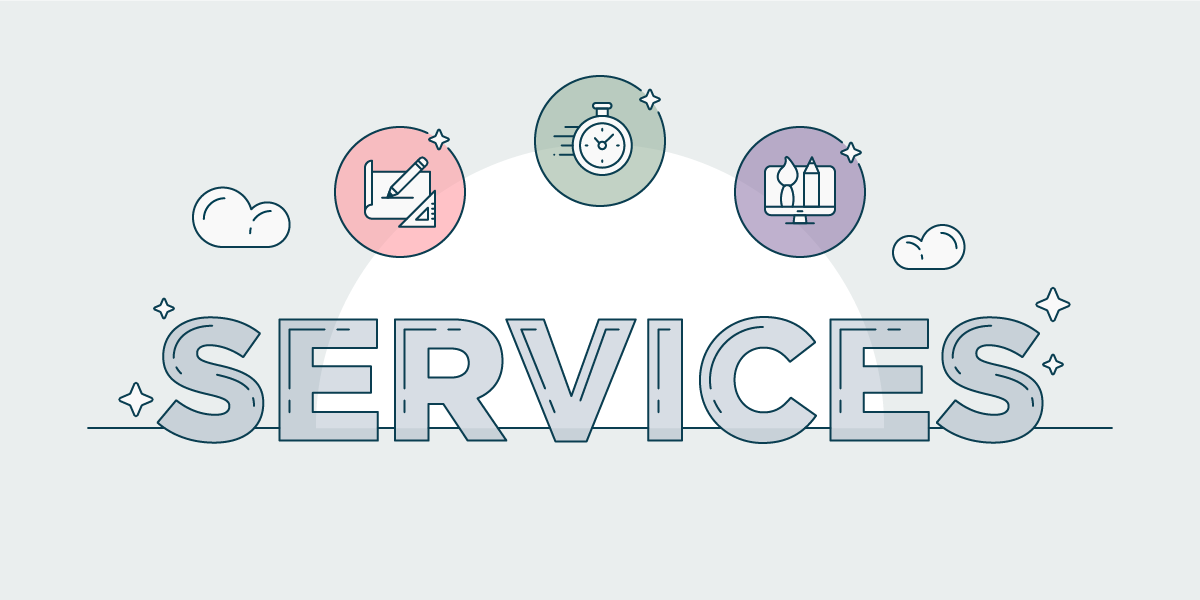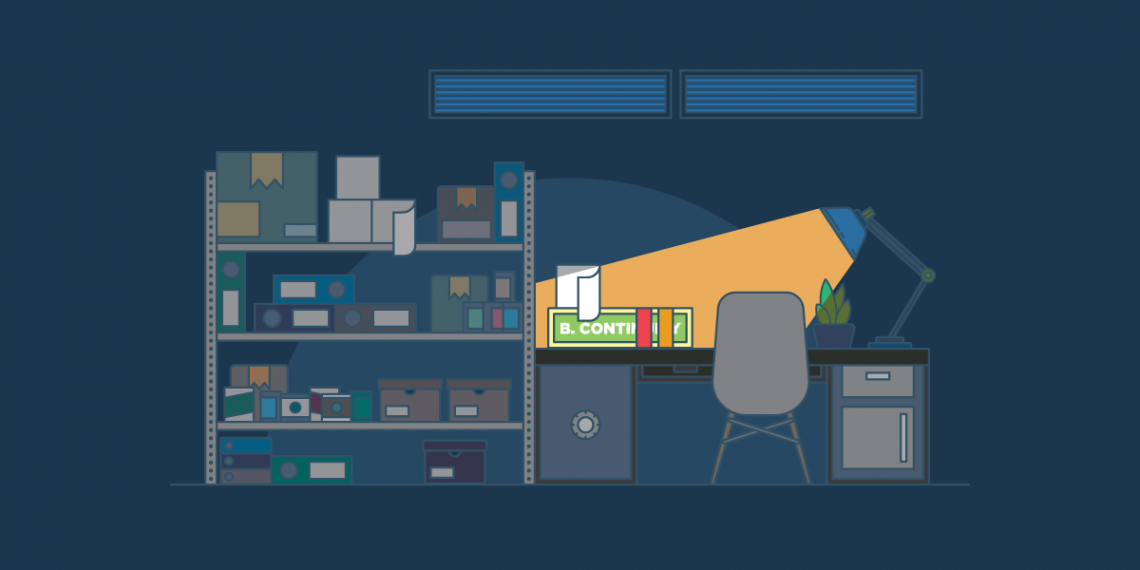The service sector has a significant impact on the global economy, and drives economic development and growth. It is accountable for around 65% of the world’s GDP, and yet when it comes to innovations, services often get neglected. It doesn’t matter if services represent your core business or have a supporting role, it is vital to continuously improve them and come up with new and better ways of servicing your customers.
Main difficulties in the innovation process come from the nature and characteristics of services:
-
Intangibility - they cannot be seen, tasted, smelled, felt or touched before purchase
-
Variability - the quality depends on who provides the service, when, where, how…
-
Inseparability - they cannot be separated from the people providing them
-
Perishability - they cannot be stored for later use and sale
Nonetheless, the role services have in the global economy is tremendous, so it is important to find fresh ideas on how to innovate your services. You actually have plenty of room and possibilities to innovate when it comes to services, and the very characteristics that represent a setback in the innovation process can also be used as an advantage. You can choose to create or improve a service, as an offering, or you can innovate the process of providing a service. Depending on the tangible part of a service and the amount of various products being used for that specific service, you also have another dimension to explore in your innovation process. By using innovative products and technologies, mixing and matching, you can create a whole new service and offer your customers new value.
Blurred lines
Besides the obvious challenges that are caused by the characteristics and the nature of services, service innovations face another obstacle. Sometimes it is hard to determine if there had been an actual improvement and/or a creation of a new service, or simply adjustment to a current situation. This mainly arises from their intangible nature. Because of the invisibility of the service, one could also state that, when it comes to innovations in services, or service innovations, it is mostly the case of a continuous improvement and an upgrade of existing services. This doesn’t mean that radical innovations and completely new services never happen. It simply means that it is easier for a manufacturing business to implement an innovation process where the new product is visible on a much higher development level than its predecessor.
Creating value for the customer
Customer behaviour changes. Your customers get used to a certain level of service, take it for granted, and expect more over time. Your goal as a service provider is to satisfy your customers’ needs in an innovative, more superior way. In order to do that you must create and deliver value for them through your service which they will be willing to pay for because it addresses a previously unmet, or inappropriately met, need. Your goal is to enhance their customer experience with a unique service.
One of the main things that differentiates the delivery process of services from the one of products is that, in most cases, your customers are included in the delivery process of the service. Sometimes they are also its co-creators. This means that they are directly responsible for their own experience, and may also affect experiences of other customers around them. So, in order to maximize their pleasure through a unique service which will benefit your business at the same time, these are the aspects you should pay attention to:

1. Personalization
Let’s face it, we all like to feel special from time to time. Customers appreciate it when you put in an extra effort to create a unique experience for them. Personalized services, tailored just for that one person are one way you can innovate your service. And thanks to innovative technologies, Big Data and Internet of things, you can fit your service to almost every customer. This extra mile you are willing to go for your customers will pay off.

2. Speed and Simplicity
Speed of the service plays a big role in the eyes of your customers. A lot of customers are willing to pay more in order to wait less. The money they are spending is worth the time they are saving. Another factor that can add value to your service is simplicity. Most people prefer simple services, with as few unnecessary steps as possible. Single point of contact or self-services are just some of the additions you can incorporate in your new and improved service. You can also look into simpler ways of the delivery process of your service, which will make it more efficient. Sometimes less is more.

3. Design
Although the service itself has its distinctive characteristics, design plays a big role in the overall experience. By carefully designing the tangible parts of your service, or elements around it, you can provide a memorable experience. These are the elements your customers can see, feel, smell, and experience with their senses. A well-designed space where you provide your service can make a huge difference. By using specific colours, light, smells and sound, you can indirectly enhance the overall experience and make it way more pleasurable for your customers.
It doesn’t matter if you are a B2B or B2C business, if the service represents your core business or is a supporting activity, the customer should be satisfied with the service you are providing. And remember, you don’t have to come up with elaborate new ways of satisfying the customers. Sometimes a simple novel experience which you incorporate within your service is all it takes, and the results could be astonishing.






